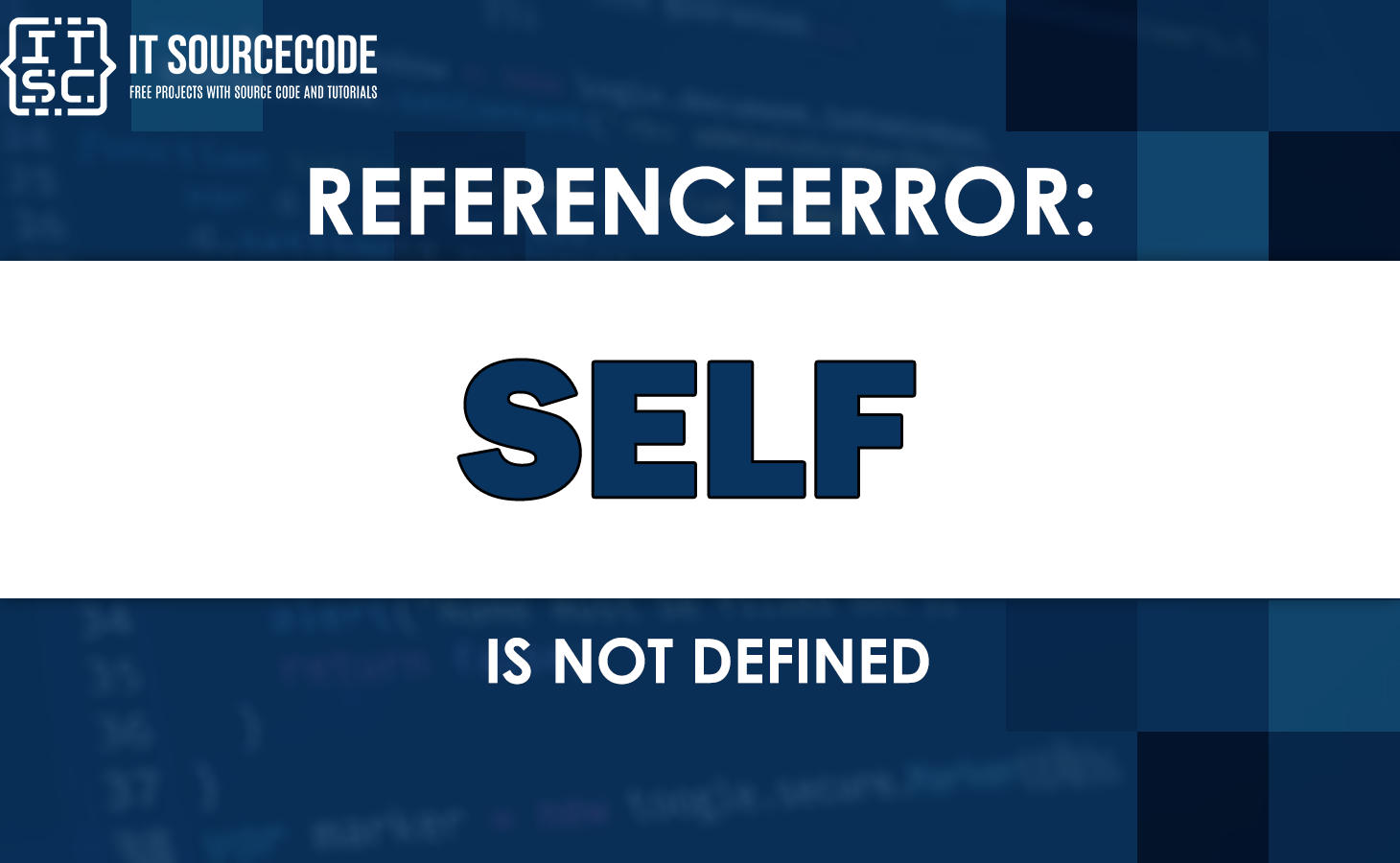When working with JavaScript, encountering errors is a common occurrence for developers. One such error that often puzzles programmers is the “ReferenceError: self is not defined.”
In this article, we will explore the reasons behind the “ReferenceError: self is not defined” error and provide practical solutions to fix it.
What is Referenceerror: self is not defined?
The error message “ReferenceError: self is not defined” typically occurs in programming languages such as JavaScript.
It indicates that the identifier “self” has been used but has not been defined or declared in the current context.
In JavaScript, the keyword “self” is often used to refer to the current object or the global object, depending on the context.
However, if “self” is used without being properly defined or declared, this error occurs.
Here’s an example of a JavaScript code that could generate the “ReferenceError: self is not defined” error:
function calculateSum() {
console.log(self); // ReferenceError: self is not defined
let num1 = 5;
let num2 = 10;
let sum = num1 + num2;
console.log(sum);
}
calculateSum();
In this code, the calculateSum function tries to access the self identifier using console.log(self).
However, since self has not been defined or declared in the current context, the code throws a ReferenceError with the message “self is not defined”.
How to fix Referenceerror: self is not defined?
To fix the “ReferenceError: self is not defined” error in your code, you can consider the following solutions:
Solution 1. Remove the “self” reference
Since the use of “self” is not necessary in your code snippet, you can simply remove the line console.log(self) altogether.
Here’s the updated code:
function calculateSum() {
let num1 = 5;
let num2 = 10;
let sum = num1 + num2;
console.log(sum);
}
calculateSum();
By removing the line that references “self,” you eliminate the error.
Solution 2. Replace “self” with “this”
If you intended to refer to the current object within a different context, you can replace “self” with the “this” keyword. However, in your current code snippet, there is no clear use case for “self.”
Here’s an example of using “this” within an object context:
let myObject = {
calculateSum: function() {
console.log(this); // Refers to the current object
let num1 = 5;
let num2 = 10;
let sum = num1 + num2;
console.log(sum);
}
};
myObject.calculateSum();
In this example, we define an object called myObject and attach the calculateSum function to it.
Inside the function, this refers to the current object, allowing you to access its properties and methods.
Solution 3. Define “self” as a variable
If you explicitly want to use the “self” identifier, you can define it as a variable and assign it the desired value.
However, in the given code snippet, there is no apparent need for “self.”
Here’s an example of defining and using “self” as a variable:
let self = "Hello, world!";
console.log(self);
In this example, we define the self variable and assign it the string value “Hello, world!”. You can then use self throughout the code as needed.
Take note.
Choose the solution that aligns with your specific use case. In most cases, removing the unnecessary “self” reference will be the simplest and cleanest solution.
Anyway, here are other fixed errors you can refer to when you might encounter them.
Conclusion
In conclusion, the “ReferenceError: self is not defined” error occurs when the identifier “self” is used but has not been defined or declared in the current context. This error commonly occurs in programming languages like JavaScript.
To resolve this error, there are a few possible solutions:
- Remove the “self” reference if it is not necessary for your code logic.
- Replace “self” with “this” if you intended to refer to the current object or context.
- Define “self” as a variable and assign it the desired value if you explicitly need to use it.
We hope this guide has assisted you in resolving the error effectively.
Until next time! 😊

